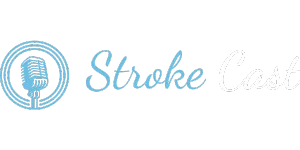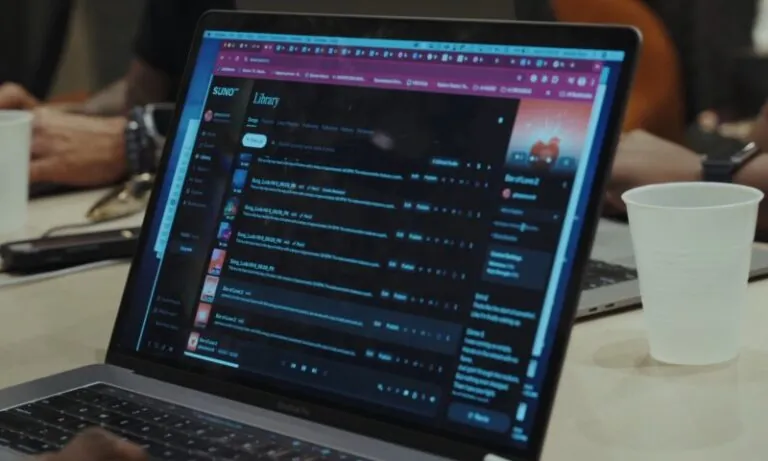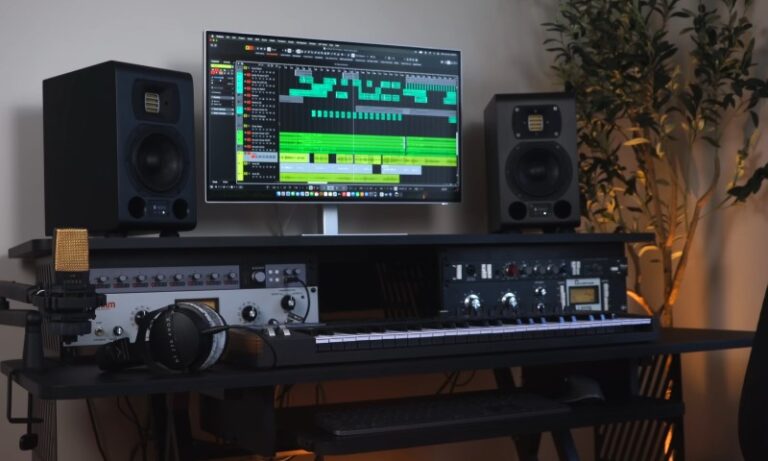Podcasting in 2025 has transformed into a massive industry, driven by creators, audiences, and platforms pushing boundaries.
Spotify and YouTube now dominate the conversation. One originated as a music streaming titan, the other as a visual content powerhouse.
Both have recalibrated strategies to lure podcasters and engage audiences across formats.
Recognizing how these platforms perform matters for content creators, advertisers looking for high-ROI placement, and fans seeking immersive experiences.
Platform Popularity in 2025
Podcasting has reached a new level of cultural relevance in 2025, with creators, listeners, and advertisers reshaping their strategies around the platforms attracting the most attention.
YouTube and Spotify remain at the forefront, but their strengths differ significantly.
Audience behavior, platform innovations, and shifting creator preferences all influence who leads in visibility, influence, and retention.
YouTube’s Rapid Ascent
YouTube has taken center stage as the top podcast platform based on weekly listenership, capturing 31% of the audience share.
That growth is not random, it reflects strategic changes and organic shifts in how people consume podcast content.
Key factors fueling YouTube’s dominance include:
- The debut of YouTube’s podcast chart relies on watch time, not downloads. Longer viewer sessions mean greater exposure for creators and better audience stickiness.
- Gen Z and younger millennials prefer formats where they can see hosts’ reactions, settings, and interactions. This drives the popularity of casual, conversational video podcasts.
- YouTube allows listeners to tune in without downloading a separate app or logging in. It works across devices and browsers, adding to its ubiquity.
- Users increasingly seek podcasts that combine entertainment with visual storytelling, leading to growth in shows designed for YouTube’s environment.
Traditional audio-only shows haven’t disappeared, but demand for facial cues, gestures, and immersive video content propels YouTube forward.
It has become the go-to destination for hybrid entertainment-education podcast formats.
Spotify’s Legacy and Shifts

Spotify, once the undisputed podcast leader, still plays a major role in shaping the industry. But 2025 brings new adaptations.
Its legacy in audio podcasting remains valuable, though the platform has pivoted toward premium video content and monetization flexibility.
Major features and shifts include:
- Spotify’s headline deal with Joe Rogan, valued at $250 million, reflects its long-term podcast ambitions and brand association with major creators.
- Podcasters now earn through both ad-supported and subscriber-based models. This gives creators financial flexibility and more control over their content.
- Spotify offers seamless movement between music and podcasts, something YouTube still struggles to match on mobile.
- Analytics, exclusive content agreements, and a refined user interface draw experienced podcasters looking for data-driven growth.
Although not expanding as rapidly as YouTube in terms of user base, Spotify retains an edge in traditional podcasting metrics and loyalty.
Its ecosystem continues to support high-quality audio experiences, backed by years of infrastructure and strategic deals.
Content Trends and Creator Preferences
Podcasting in 2025 has shifted into a phase driven by visuals, blended genres, and strategic distribution.
Preferences among listeners have evolved rapidly, pushing production trends into new directions.
Video-First Podcasting on the Rise

Video-led podcasting is no longer an experiment, it is now the growth engine for creators who want stronger reach and impact.
Roughly 32% of American listeners prefer podcasts with video elements, while audio-only formats attract about 26%.
That gap, though narrow, reflects a shift in how audiences consume content across platforms like YouTube, TikTok, and Instagram Reels.
Podcasters who thrive in this space understand that visuals amplify connection and storytelling. Static audio has its loyal fans, but video makes hosts more relatable, content more memorable, and sharing across channels far easier.
Key trends in video-first podcasting:
- Increased production of hybrid episodes designed for both video and audio listeners
- Emphasis on set design, lighting, and editing software as part of standard podcast gear
- Higher engagement rates due to visible body language and on-screen interactions
- More highlight clips used to promote shows across short-form video platforms
Educational and Entertainment Hybrid Content
Mixing value with entertainment now delivers stronger results than straightforward reporting or niche-specific coverage.
Podcasters tapping into historical stories, scientific facts, or cultural commentary with humor and narrative flow are leading algorithm-driven feeds. Viewership increases when episodes both teach and captivate.
YouTube, in particular, rewards creators who deliver this blend through visual formats. Podcasts that look like talk shows or feature skits, graphics, or whiteboard drawings consistently retain viewers longer.
Notable content trends shaping creator decisions:
- Educational topics outpacing sports and news in popularity across major platforms
- Long-form visual interviews outperform traditional static podcast formats
- Story-driven content with humor or drama is seeing higher algorithmic promotion
- Music channel promotion and branded segments blend seamlessly into hybrid episodes
Podcasting success in 2025 depends on adapting to these evolving listener habits.
Those who prioritize a multi-sensory experience with information and emotion will stay ahead.
Engagement and Retention Metrics

Audience growth means little without sustained engagement. Platforms succeed not just by attracting new users, but by keeping them involved, session after session.
In 2025, podcasting platforms reveal major differences in how users interact, retain, and commit to shows.
YouTube leans heavily into visual interaction, while Spotify doubles down on seamless listening experiences.
YouTube’s Edge
Engagement thrives when visual elements enhance storytelling. Video podcasts command longer attention spans by blending sight and sound. Hosts’ facial expressions, reactions, and set designs enrich the viewer experience.
In 2025, YouTube podcasts such as “Kill Tony” rank near the top, outperforming many legacy audio podcasts. The platform has cultivated a distinct user base that doesn’t necessarily overlap with Spotify or Apple Podcast listeners.
Some shows ranking high on Spotify charts are barely present on YouTube, revealing stark contrasts in audience behavior. Passive listeners may favor Spotify during commutes, but active viewers prefer YouTube’s engaging visuals at home or during downtime.
Spotify’s Strengths
Spotify remains powerful due to its legacy audio infrastructure. Its mobile app dominates among commuters and gym-goers who crave distraction-free listening.
High-quality downloads, offline support, and tight integration with music playlists add to the ecosystem’s value.
Another major advantage lies in loyalty. Subscribed users tend to return regularly, especially to shows they follow through push notifications and personalized recommendations.
Analytics tools and exclusive deals attract podcasters looking for targeted growth and consistent retention. Audio-first audiences just diversified across platforms.
Monetization Opportunities
Podcasting in 2025 is about serious business. As audiences grow and listening habits evolve, creators look for platforms that reward effort with consistent income.
Monetization has become a major factor in choosing where to publish. YouTube and Spotify both offer ways to earn, but the structures, strategies, and creator experiences differ.
YouTube
YouTube provides multiple revenue streams that go far beyond traditional advertising. Podcasters can tap into AdSense for standard ads, offer fan memberships, secure brand sponsorships, and benefit from bonuses tied directly to watch time.
Visual content creators take advantage of the platform’s expansive video ad inventory, which often results in higher CPMs for shows that keep viewers engaged.
Strategic creators design content with YouTube’s algorithm in mind. By using skits, graphics, on-screen text, and structured chapter breaks, they maintain attention and boost session duration.
These features not only increase visibility but also drive revenue growth over time.
Spotify
Spotify’s Partner Program enables monetization across both audio and video formats.
Podcasters can earn through paid subscriptions, platform-exclusive sponsorships, and embedded native ads.
Free-tier users generate ad revenue, while premium listeners enjoy fewer interruptions, adding value for those willing to pay for a smoother experience.
Spotify’s model favors fan-supported engagement. Many creators now offer bonus segments, early access, or premium visual extras to subscribers.
This layered approach lets creators personalize offerings and set pricing based on audience expectations. The result is a flexible monetization system that rewards consistency and innovation.
Who’s Winning in 2025?
YouTube captures more attention in terms of reach, engagement, and demographic growth. Gen Z is hooked. The watch-time model rewards long-form storytelling with visual flair. Discoverability through algorithmic recommendations and its open-access model helps creators grow faster.
Spotify remains strong, especially with its loyal audio-first users and monetization capabilities. Music integration, mobile dominance, and analytics tools make it a favorite for many veteran podcasters.
Success in 2025 no longer belongs to one platform. A hybrid strategy is essential. Savvy podcasters publish both video and audio versions, tailoring their content to each ecosystem’s strengths.
Related Posts:
- Why Kid Rock Doesn’t Care About Getting Canceled
- How To Actually Get More Streams on Spotify: The…
- Kick vs Twitch - Which Platform Is Winning in 2025?
- Dynamic vs Condenser Mics - Which Is Best for Your…
- Topics to Add to Your Podcast to Bring More Audience…
- Top 14 Podcasts for Moms - Parenting, Lifestyle, and More









